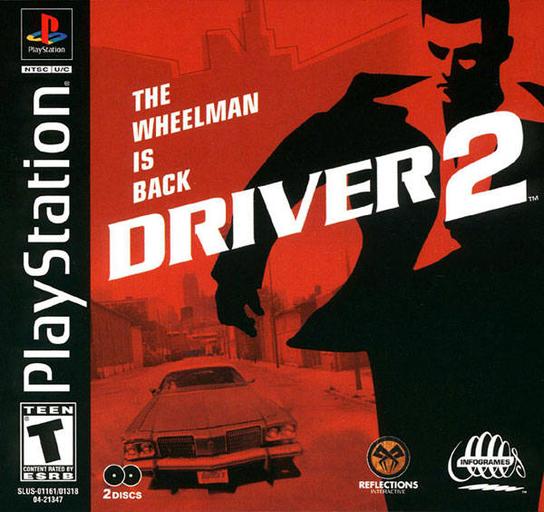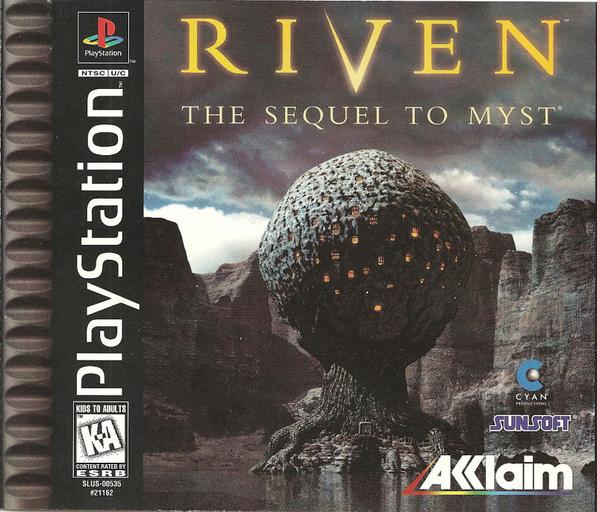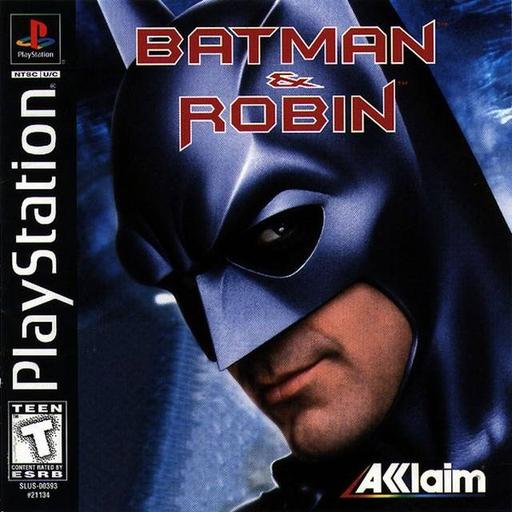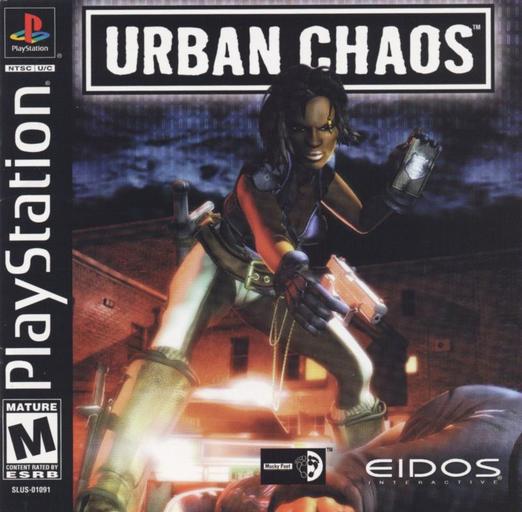
This guide covers the groundbreaking and hugely influential open world "sandbox" games released on the original PlayStation console in the late 90s, assessing their lasting impacts and how well they‘ve aged over 25+ years.
What Were PlayStation Sandbox Games?
The term "sandbox game" refers to open world video games that emphasize freedom and emergent gameplay. Rather than following set paths, players explore interactive environments and creatively forge their own experiences.
Sony‘s PlayStation console, first released in North America in 1995, provided fertile ground for pioneering sandbox experiments. While the PlayStation lacked computing clout, storage limitations were slashed thanks to CD-ROM media boasting 570x the capacity of cartridges. This space advantage let developers build expansive 3D environments to satisfy gamers craving new frontiers.
Though early 3D graphics presented blocky aesthetics that haven‘t aged gracefully, these titles granted unprecedented room to roam. Their open city streets,ierracc landscapes, and gritty crime stories made stars of once-niche genres. Series from Grand Theft Auto to Metal Gear Solid now dominate sales charts, owed partly to bold PlayStation innovators who legitimized sandbox gameplay for mainstream audiences.
Let‘s rediscover these landmark PlayStation freedom facilitators. Despite visually dating themselves, revisiting their groundbreaking designs offers appreciation for the mavericks who birthed today‘s boundless virtual worlds.
Grand Theft Auto: Birthing an Infamous Series
No PlayStation retro indulgence is complete without the original 1997 squad-based crime caper Grand Theft Auto. This initiating installment in Rockstar Games‘ blockbuster franchise realized the tantalizing lawless promise of open city sandboxes.
With its crude top-down perspective recalling Pac-Man, GTA won‘t be receiving graphical commendations. However, the unprecedented freedom to hijack cars and rain chaos anywhere across three metropolises charmed rebellious gamers.
Players stepped into street shoes of seven unsavory criminal archetypes, embarking on missions spanning bank heists, assassinations, getaway driving and more. A wanted system with wrathful police responses to unruly behavior also endures today.
For all its rudimentary aesthetics, GTA delivered a revelation – unshackling gamers in lawless cities where imagination governed action. Beyond pioneering open worlds and crime-based progression, expansions like GTA London introduced branching mission paths. These innovations established Grand Theft Auto as both sandbox trailblazer and cultural lightning rod.
Driver 2: Pushing Polygon Counts in 3D Cities
While Grand Theft Auto cornered controversy from cubist perches, Reflections Interactive‘s 1999 release Driver 2 engineered four fully 3D metropolitan sandboxes prime for turbocharged automotive action.
Vast cities like Havana and Las Vegas overflowed with backstreets and alleyways to explore. Critics applauded the advanced graphics, realistically handled vehicles, and remarkably expansive urban terrain.
Chase sequences and getaway driving remained central, but players now escaped cars to access new areas. Driver 2 also implemented story-driven gameplay focused on an undercover cop. While certainly not matching later graphical feats, Driver 2 represented astonishing technical aptitude by PlayStation standards.
Driver 2 proved counselors wrong asserting PlayStation couldn‘t render detailed 3D worlds. Its urban fabrics endured thanks to formidable graphics engineering, earning warranted comparisons to early "Virtua Cop with cars".
Riven: Cyan Worlds‘ Successor to Myst
Not all PlayStation sandboxes prized unchecked freedom. Cyan Worlds‘ 1997 pre-rendered headscratcher Riven tightly interwove puzzles and narrative across its lush island levels to restrictive yet compelling effect.
As protagonist Atrus, players uncovered interlinked conundrums while exploring villages, forests, and temples. With environments pre-rendered across 5 CDs, Riven relied on immense storage affording sumptuous scene detail rather than taxing polygons.
By today‘s standards, Cyan Worlds‘ slideshow-esque sequences are antiquated. But in 1997, Riven transported gamers to an almost mystically immersive realm through struck visual marvels and intricately designed puzzles. Over 2500 puzzle combinations ensured marathon replay potential according to Cyan.
Riven eschewed action in favor of rewarding the intellectually curious with a rich, reactive world and familial deceit-driven plotline. Despite uniquely restrictive point-and-click traversal, Riven helped establish environmental storytelling‘s lasting engagements.
Mizzurna Falls: The Tantalizing Lost Classic
A tragically overlooked gem, Human Entertainment‘s 1998 Mizzurna Falls for PlayStation showcased remarkably advanced open world gameplay for its day. Despite never launching outside Japan, it deserves recognition as both sandbox pioneer and showcase of硬寶s untapped technical abilities.
Mizzurna Falls ambitiously generated a mountain town where players controlled Matthew investigating a classmate‘s disappearance. Wandering the sleepy streets and shops yielded intrigue and supernatural discoveries.
Early pop-in and unstable frame rates betrayed hardware limitations. But the atmospheric world-building, real-time cutscenes, and mystery-unraveling adventure revealed stunning vision.
Seeking out Mizzurna Falls‘ passionate fan translation unearths an overlooked milestone in PlayStation sandbox accomplishments. Modern franchises like Shenmue and Deadly Premonition built upon its pioneering open world template years later.
Lego Island 2: Charming Brick-Based Adventuring
Beloved toys possessed widespread pop culture cachet when Lego launched its own PlayStation sandbox filled with smiles in 1997 – Lego Island 2.
As pepperoni-slinging skateboarder Pepper, players zoomed around the cheery brick-built paradise completing missions like delivering pizza or seeking misplaced construction blueprints. Charming touches like incorporating Lego studs as currency matched the game‘s family-friendly tone.
The vibrant world brimmed with locations like Sandy Bay to explore using vehicles including helicopters and boats. While clearly targeting children, Lego Island 2 created an endearing sandbox platform ripe for imagination through its inventive fusion of famous bricks and playful gaming.
Batman & Robin: Surprisingly Decent Movie Tie-In
Successfully adapting movies into games presents difficulties. But defying low expectations, Appaloosa Interactive‘s 1998 Batman & Robin presented a donation enjoyable sandbox caper faithful to its campy film namesake.
Many film-inspired games chase cinematic spectacle at the cost of absent gameplay innovation. However, Appaloosa smartly converted the movie‘s prancing theatricality into a breezy Gotham sandbox flush with locations like Wayne Manor to explore. Alongside Batman, players also assumed control of Robin and Batgirl wielding signature weapons and gadgets.
Missions relied heavily on brawling goons across familiar locales in occasionally finicky fashion. But amusing power-ups like roller skates matched the movie‘s silly theatrics through comic book flair. Cheery aesthetics and smooth animations helped produce an enjoyable playground for Bat-fans young and old.
Urban Chaos: Gritty Cop Drama
Few PlayStation sandboxes pursued gritty realism amidst fantastic contemporaries like Crash Bandicoot or Metal Gear Solid. But defying cartoonish peers, Brutal Instincts‘ 1999 title Urban Chaos tackled gang violence and racism through the eyes of scrappy rookie cop D‘arci Stern.
Backed by respected writer Tony Barnes (Deus Ex), Urban Chaos achieved remarkably mature narrative sophistication for PlayStation software. The combat system allowing gun fights to rapidly descend into brutality also matched the game‘s gritty themes.
Clunky controls struggled to keep up with gameplay ambitions at times. But outside rare contemporaries like Resident Evil, such sensational topics were largely unexplored in PlayStation libraries. For pioneering precocious mature storytelling through the lens of bloody cop drama, Urban Chaos warrants commendation.
Lasting Innovations of PlayStation‘s Overachieving Sandboxes
Argue technical specifics all you like – invisible walls and muddy textures hardly compete with contemporaries. But PlayStation‘s pioneering sandboxes maximized minimal processing muscle through bold vision.
In cramped cubist cities and spacious island villages, these titles granted stirring freedoms still being iterated upon today. Their innovations around open urban layouts, grid-based streets, crime-based progression, and freeform law breaking fundamentals guide game developers even now.
Modern AAA titles stretching from GTA to Assassin‘s Creed owe debt to PlayStation‘s undersung sandbox trailblazers. Maybe you‘ll fire up an emulator seeking nostalgia from familiar franchises. But I‘d wager curiosity behind inventive progenitors like Mizzurna Falls proves more rewarding. Beyond mere history lessons, exploring the avant-garde origins of gameplay staples can inspire new developmental frontiers.
Let PlayStation‘s overlooked freedom facilitators remind you – groundbreaking innovation often hides in plain sight.












